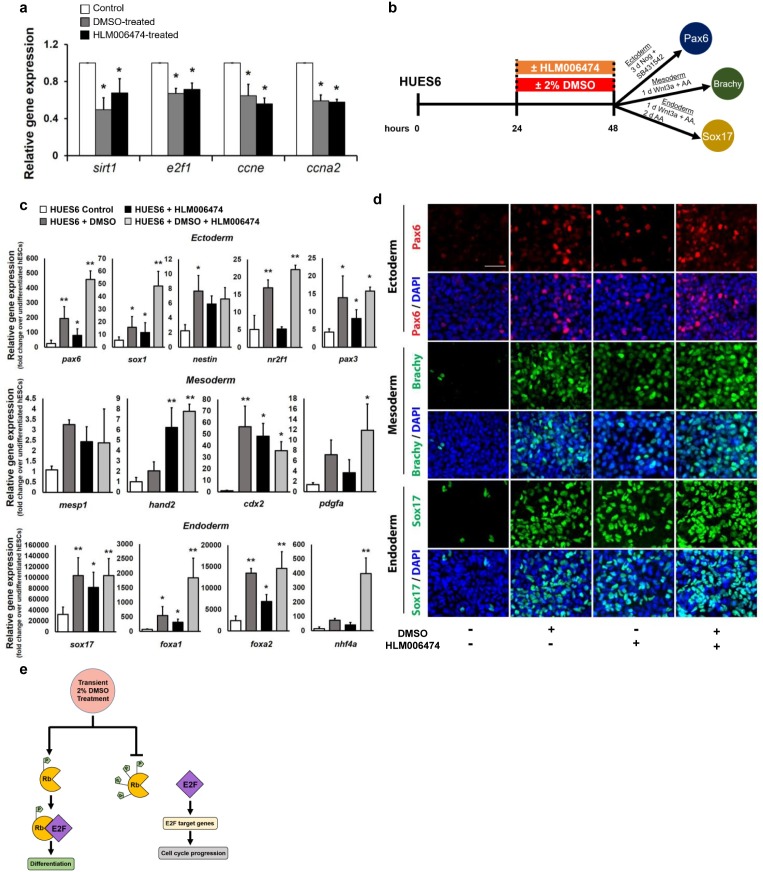Fig 4. Inhibition of the E2F pathway increases the differentiation capacity of hPSCs.
(a) The hPSC line HUES6 treated with 2% DMSO or 30 μM of the E2F inhibitor HLM006474 for 24 hours. Quantitative RT-PCR results of expression levels of E2F-target genes relative to untreated control cells. (b) Directed differentiation into the three germ layers of HUES6 cells pre-treated with 2% DMSO and/or 30μM E2F inhibitor HLM006474 for 24 hours. (c) Quantitative RT-PCR for lineage-specific genes and (e) immunostaining for pax6 (ectoderm), brachy (mesoderm), and sox17 (endoderm) following directed differentiation. (e) Schematic model showing that the transient DMSO treatment promotes hypophosphorylation of Rb and subsequent binding to E2F to increase differentiation potential (left) as opposed to increasing hyperphosphorylation of Rb and activating E2F and its downstream target genes to promote cell cycle progression (right). Error bars, s.d. of 4–6 biological replicates. Scale bars, 100 μm. * p ≤ 0.05, ** p ≤ 0.01 under one-way ANOVA; Tukey’s test for multiple comparisons.

